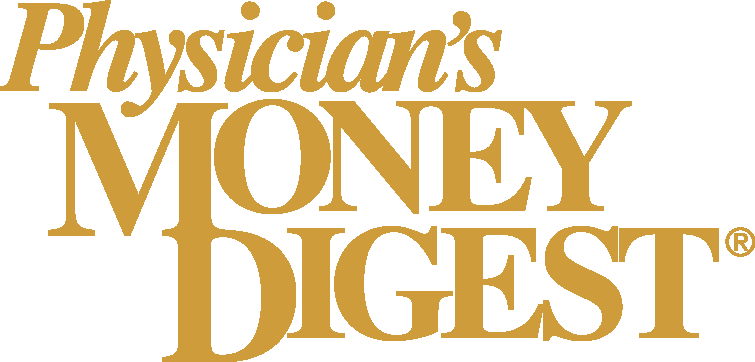Article
The House Call Revival
Author(s):
House calls have been on the rise again, and the aging population is only part of the reason. New advances in technology, are making it easier and and more effective to treat patients at home.
In the 15-year period from 1994 to 2009, the number of house calls paid for by Medicare increased by more than 53%, from 1.5 million visits to 2.3 million. There’s no question that an aging population is part of the reason for the increase.
However, Sheila Cherfilus, executive vice president of Trinity Healthcare, a premier home health care agency based in south Florida, says there are other, more important reasons.
“What we find is increasing or driving the movement toward treating patients at home is advancement in technology,” Cherfilus says. “[Advances in technology] make it easier to provide comprehensive services to a patient at home.”
And easier for physicians to collaborate and thereby augment their medical practices.
In the clouds
Cherfilus says that technology is enabling more effective and efficient partnerships with physicians. Trinity Healthcare’s nurses, physical therapists and home health aids have applications on their laptops and phones that enable them to link to patient information stored on a secure network on the cloud. They can see updates entered by the nurse who previously visited the patient, and leave notes for a physician to treat the patient more effectively.
Andy Sonceau, director of nursing for Trinity’s West Palm Beach Office, who regularly makes house calls, says technology has been a major factor in improving the care patients receive at home.
“Before we could access patient information on the cloud, the patient’s paper chart used to stay at their home,” Sonceau explains. “Now, not only do we have access to everything that has to do with the patient, but we can document quickly, and we can compare a patient’s baseline vital signs from a previous visit.”
And the technology improvement goes beyond accessing patient information on the cloud. Sonceau says that lab work can now be done right in the patient’s home, including portable X-ray and ultrasound.
“My bed-bound patients would much rather a nurse or doctor come to them rather than have to arrange transportation to the doctor’s office,” Sonceau says. “They can remain in their own environment, and don’t have to go out of their way to receive care.”
Expanded Medicare coverage
According to Cherfilus, another key factor is that Medicare and Medicaid are covering more home health visits — and not just for the geriatric population.
“When we looked at the numbers, we found that when you have to send a patient back to the hospital it ends up being more costly than if you send a nurse to their house and take care of them there,” she says. “So we realized, and legislators have noticed, that there are some areas where it is actually cheaper to take care of the patient at home where they’re comfortable.”
The new measures are more evidence based, according to Cherfilus, so they see their patients are getting better, quicker.
Whenever there is resistance from insurance carriers to cover a home health visit, Sonceau tells them: “What would you rather do: would you rather pay me for this [home health] visit, or have the patient go into the hospital, stay a long time and pay for that?”
The answer is usually pretty clear-cut.
“As long as you can demonstrate that it’s a medical necessity for the patient, [insurers] will cover it,” Sonceau says.
Physician opportunities
Cherfilus expects the trend toward more home health visits to continue. She also notes that all documentation, like patient information, is going electronic. For physicians interested in augmenting their practice through home health visits, going electronic is the first step.
“For doctors, before their fixed costs were their building, and their office, but now, everything has to be electronic,” Cherfilus explains. “Doctors can keep any hard documents in a warehouse, and keep everything else on a cloud, and instead of having someone paying for this building, this facility which as to be 9,000 square feet, you just cut it down to a smaller facility, and do everything electronic. It’s more effective, and it’s more efficient.”
It also enables a medical practice to partner with an established home health facility, which Cherfilus says is the best way for physicians to enter the market.
“We already have a community set up because [these patients] have been diagnosed as homebound, or for other reasons they can’t get to the doctor quickly,” she says. “And we’ve been doing this type of health care over 20 years. For those coming into the market unaware, they’re coming to us because there is this option now, and we have those patients available. So, the best way for physicians to start tapping into the market is by partnering with a home health facility.”











